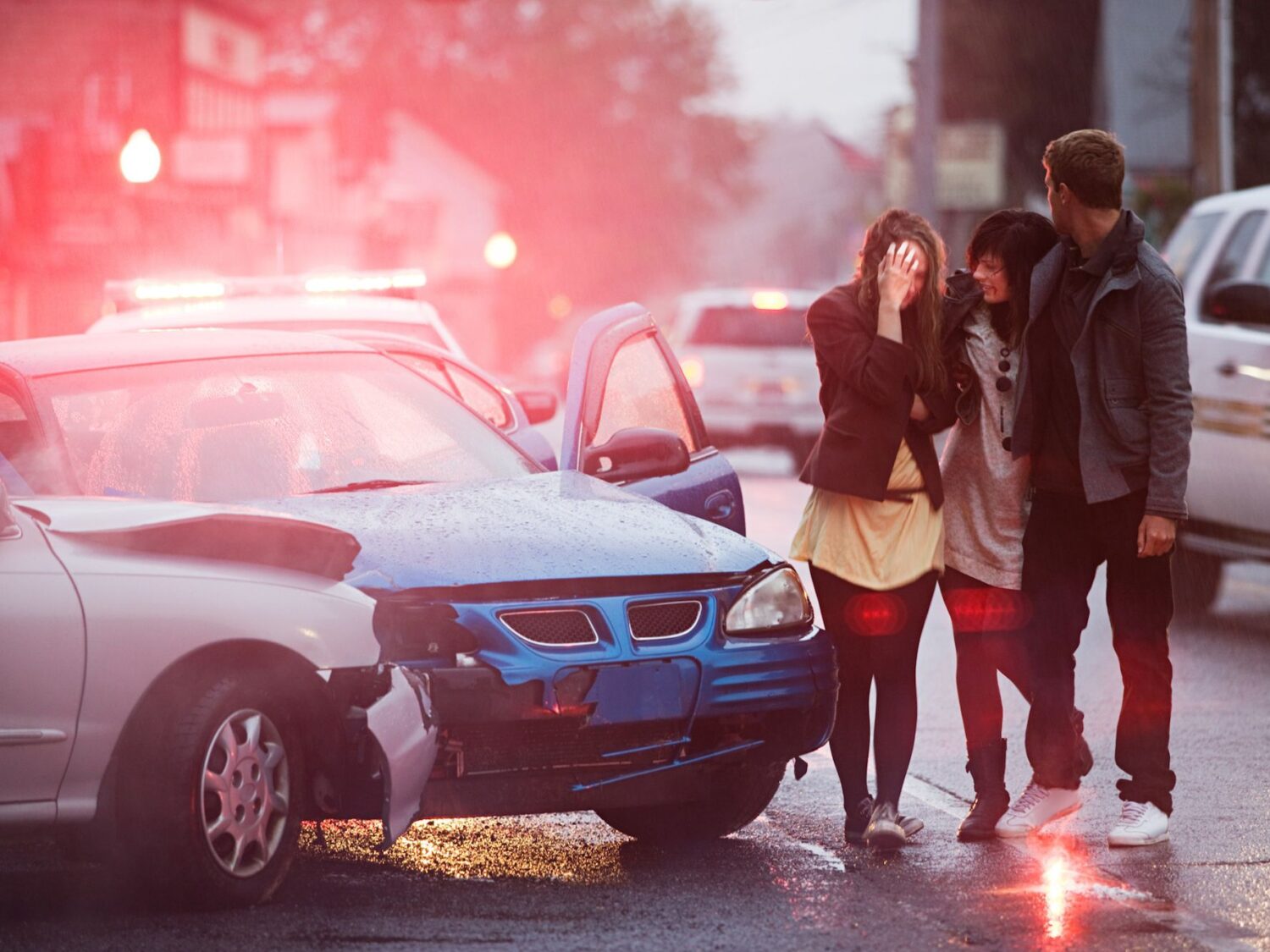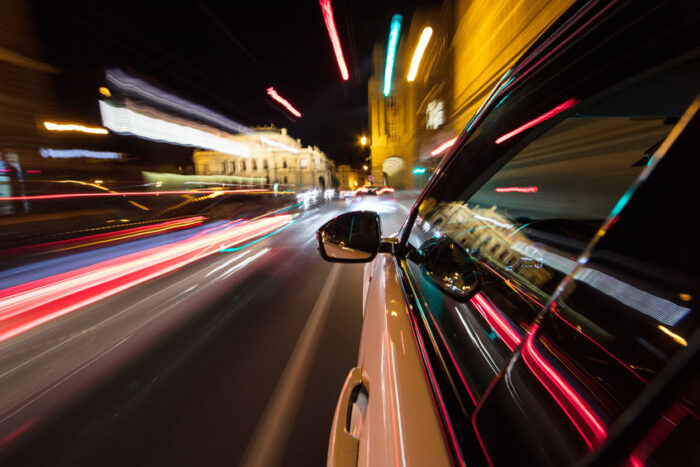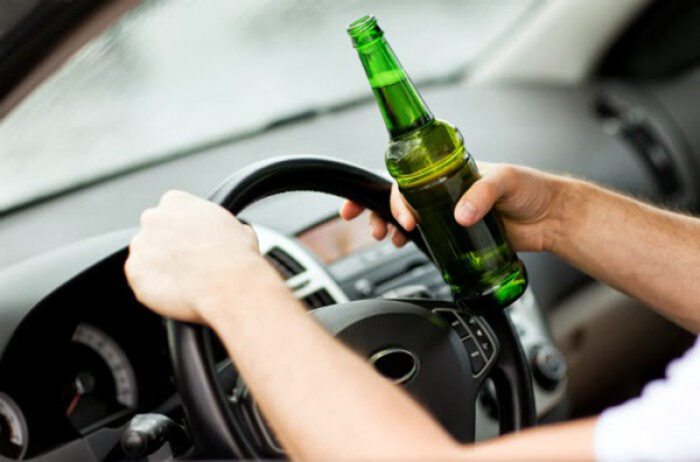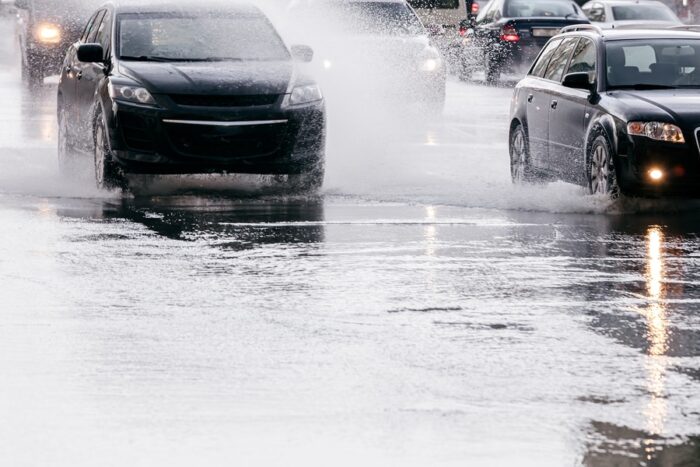
It’s a beautiful day, and you’re out for a drive. You take the curves around the lake, enjoying the sun and the breeze. Suddenly, another car comes around the corner too fast and slams into your side.
What do you do? Car accidents can happen to anyone at any time, and when they do, it’s important to know what to do to keep yourself safe. This article will discuss some of the most common causes of car accidents and what you can do to protect yourself if one occurs.
Speeding

Speed limits are in place for a reason: to keep drivers safe. When drivers ignore the posted speed limit and drive too fast for conditions, they put themselves and others at risk of being involved in a serious or fatal car accident.
According to traffic laws, the recommended maximum speed limit in built-up areas is 60 km/h. On open roads, it is 100 km/h, and on motorways, it is 120 km/h. In poor weather conditions, such as heavy rain or snow, the recommended maximum speed limit is 50 km/h.
If you are a victim of a car accident caused by a speeding driver, you may be eligible for compensation. An experienced car accident lawyer can help after a car accident so that you can get the compensation you deserve. Speeding has severe consequences, including a jail sentence so please be sure to always drive within the posted speed limit.
Distracted Driving
Distracted driving is one of the most common and dangerous causes of car accidents. Distracted driving is any activity that takes your attention away from the road, such as talking on the phone, texting, eating, drinking, or changing the radio station. According to the National Highway Traffic Safety Administration, in 2017 alone, 3,166 people were killed in crashes involving distracted drivers.
If you are driving and need to do something that will take your attention away from the road, it’s important to pull over to a safe location first. Even if you are stopped at a red light or stop sign, do not take your eyes off the road for more than a few seconds. If you must take a call or send a text message, wait until you can pull over.
Driving Under the Influence

The National Highway Traffic Safety Administration reports that in 2017, 10,874 people were killed in crashes involving drivers who were under the influence of alcohol. That’s nearly 30% of all traffic fatalities that year.
The Drugs and Road Safety Act 2013 makes it an offense to drive while impaired by drugs, including prescription and over-the-counter medications. If you are taking any medication that could impair your driving ability, it’s important to check the label or speak with a pharmacist before getting behind the wheel.
If the police pull you over and suspect you are under the influence of drugs or alcohol, you may be asked to take a roadside sobriety test. If you fail this test, you will be arrested and taken to the police station for a more thorough chemical test.
Road Rage
Road rage is aggressive or violent behavior by a driver of a vehicle. It can include behaviors such as honking the horn excessively, making rude gestures, cutting off other drivers, tailgating, and even purposely crashing into another vehicle.
If you are angry while driving, it’s important to take a step back and calm down. Don’t engage with other drivers behaving aggressively; instead, try to defuse the situation by giving them a wide berth. If an aggressive driver is following you, do not go home; instead, drive to a police station or a busy, well-lit area.
Reckless Driving
Reckless driving is any driving that puts yourself or others at risk of harm. Reckless driving includes tailgating, weaving in and out of traffic, making illegal turns, and running red lights. Drivers who engage in reckless driving are more likely to be involved in car accidents than those who drive safely. Recklessness can also extend to road rage when a driver becomes so angry that they act aggressively towards other drivers. This can include honking the horn, making obscene gestures, or even trying to cause an accident.
If you are the victim of reckless driving, do not engage with the other driver. Instead, calm down and focus on getting to your destination safely. If the other driver follows you or tries to confront you, call the police.
Bad Weather Conditions

Bad weather conditions, such as heavy rain, snow, or ice, can make it difficult to see and be seen by other drivers. They can also make it more difficult to control your car. If you must drive in bad weather conditions, take extra care to drive slowly and carefully. Increase your following distance and give yourself plenty of time to brake. And be sure to turn on your headlights so other drivers can see you.
If the weather is really bad, you may want to consider staying home or finding another way to get to your destination. After all, it’s not worth risking your safety to get there a few minutes faster.
Failing to Yield
When two cars approach an intersection at the same time, one of them must yield to the other. The driver who fails to yield is usually the one who causes the accident. Yielding is especially important when making a left turn, as this is when most accidents occur. When making a left turn, you must yield to oncoming traffic and ensure no one is in the intersection before proceeding. It would help if you also yielded to pedestrians who have the right of way, such as those crossing the street at a crosswalk.
If you are unsure who has the right-of-way, it is always better to err on the side of caution and let the other driver go first. This will help to avoid any potential accidents.
Various factors can cause car accidents, but some of the most common include reckless driving, bad weather conditions, and failing to yield. If you find yourself in a situation where an accident is likely, it’s important to stay calm and try to avoid the situation. If an accident happens, exchange insurance information with the other driver and call the police.








